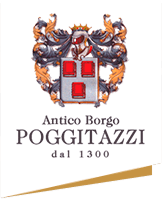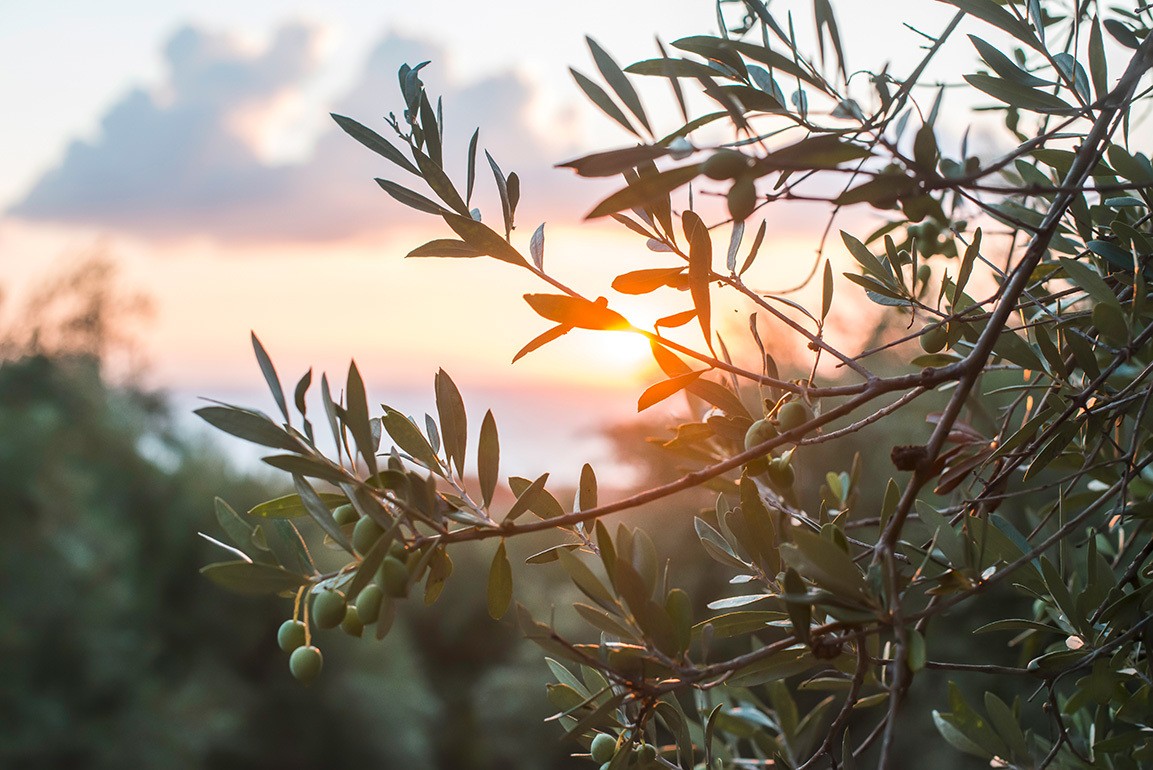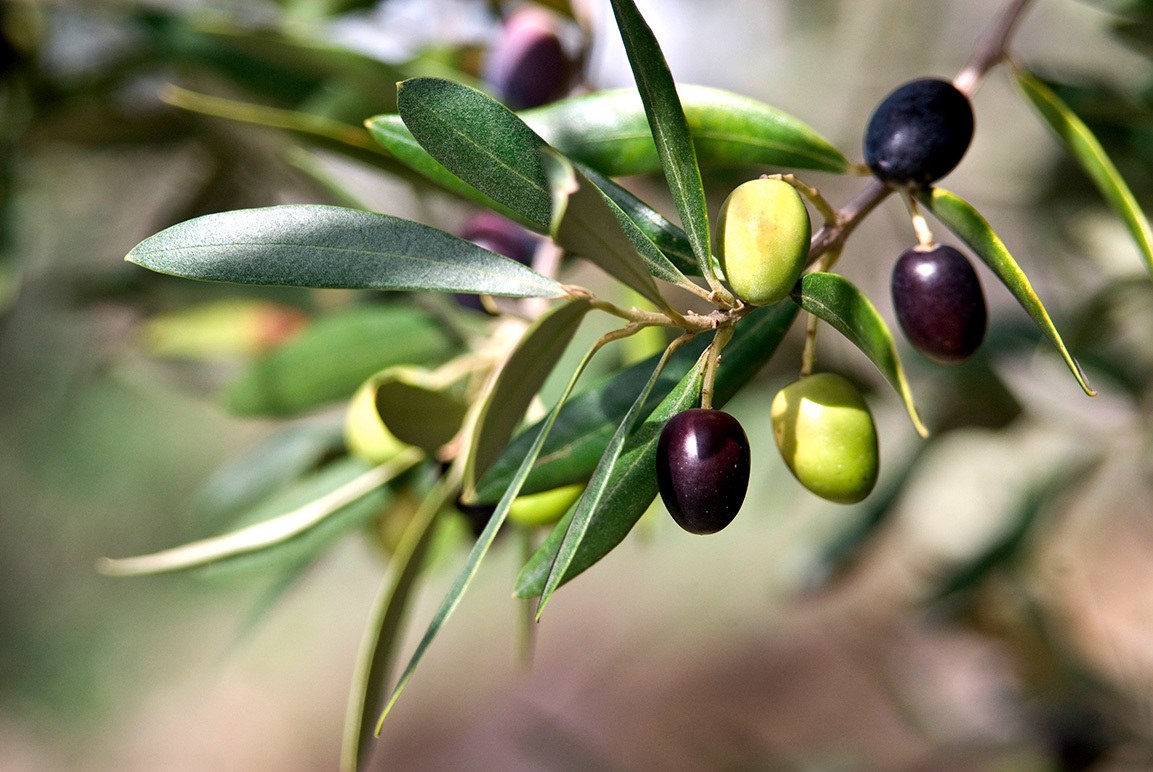Tuscany Olive Groves
The olive groves stretch along the path of the Via Cassia Vetus and face mostly westward, on hilly terrain that is ideal for the Leccino, Moraiolo and Frantoio cultivars. The groves extend across 40 hectares and include 7,000 plants at an altitude of between 350 and 450 metres above sea level. The climate and humidity are perfect for high-quality production.
The Poggitazzi Olive Groves
he olives are cultivated on these terraced soils in the traditional fashion, with particular care dedicated to the pruning stage, which takes place in spring and is essential to guarantee the vegetative equilibrium of the plant and to maintain the quality of the product. Each plant must be pruned each year and the soil enriched not with fertilisers but exclusively with the mineral salts that the plant has absorbed.
The harvesting of the olives is carried out by hand, starting in early November, at the moment of perfect ripeness, thus ensuring the high quality of the oil. The just-harvested olives have their leaves removed and are then washed. In next to no time, the production process comes to an end with the traditional cold-pressing of the olives at the farm’s in-house olive press. The extra-virgin olive oil thus produced has very low acidity, as confirmed by the chemical analysis that is strictly applied to the entire batch. The oil is then stored in stainless-steel vacuum tanks to guarantee its freshness. Like every other part of the production process, bottling takes place on the farm.
The oil is available in three varieties – Frantoio, Leccino and Moraiolo – in a number of different-sized bottles: 0.100 litres, 0.250 litres, 0.500 litres and 0.750 litres.
The Olives Harvesting
The Poggitazzi Olive Press
The entire production chain for Poggitazzi’s extra-virgin olive oil is carried out internally: the olives are harvested by hand using small rakes, and they are then taken to the press on the very same day to be processed.
Once they reach the press, the olives have their leaves removed and are washed before being ground into a paste by the millstone. The olive paste is not heated at all, except for the heat that is necessarily generated by the pressure that the paste is subjected to when it is pressed to extract the oil. The paste is spread out in a 3cm layer above the jute discs that, along with the steel discs, form the stack that is put under pressure by the hydraulic press. As the pressure is increased, the liquid -formed by oil and vegetation water – is collected in the container below.
The final stage involves the separation of the oil from the vegetation water using a separator, which divides the two liquids via centrifugal force alone. The end result is Poggitazzi’s wonderful extra-virgin olive oil.


